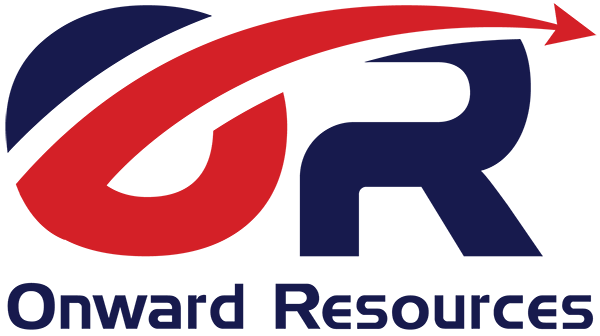

We ensure that all plants and machinery are safe for use, fit their intended purpose, and are maintained and operated by competent and authorized personnel.
We support this safety directive by:
We assess and position ourselves and others clear of the potential risk of impact from moving objects, vehicles, pressure releases, and dropped objects.
We support this safety directive by:
We plan, assess, and authorize dangerous work by utilizing a permit to work and ensure that controls are in place and effective, and that the task can be performed as planned prior to start.
We support this safety directive by:
We are committed to separating people from hazardous energy such as electricity, pressure, and energized equipment by verifying isolation and zero energy before work begins.
We support this safety directive by:
We commit to work following agreed plans and procedures, and when a change is required, we will assess and authorize the change and communicate the changes to relevant stakeholders.
We support this safety directive by:
We commit to work following agreed plans and procedures, and when a change is required, we will assess and authorize the change and communicate the changes to relevant stakeholders.
We support this safety directive by:

We ensure that all key project activities are identified, assessed, planned, and monitored so that work can be carried out safely, effectively, and efficiently and that all resources and support are in place before starting the work phase.

Driving Safety We ensure the driver and passengers will take responsibility for each other's safety and that the driver is authorized and in good physical condition for driving.

We ensure that all plants and machinery are safe for use, fit their intended purpose, and are maintained and operated by competent and authorized personnel.

We assess and position ourselves and others for the potential risk of impact from moving objects, vehicles, pressure releases, and dropped objects.

We plan, assess, and authorize the dangerous work by signing a permit to work and ensuring it is safe to start, that controls are in place and effective, and that the task can be performed as planned.

We are committed to separating people from hazardous energy such as electricity, pressure, and energized equipment by verifying isolation and zero energy before work begins.

We recognize inherent risks in handling loads by cranes or other mechanical devices and ensure all lifting operations are adequately planned and performed by competent personnel using certified and approved equipment.

We commit to work following the agreed plans and procedures, and when a change is required, we will assess and authorize the work and communicate the changes to relevant stakeholders.

